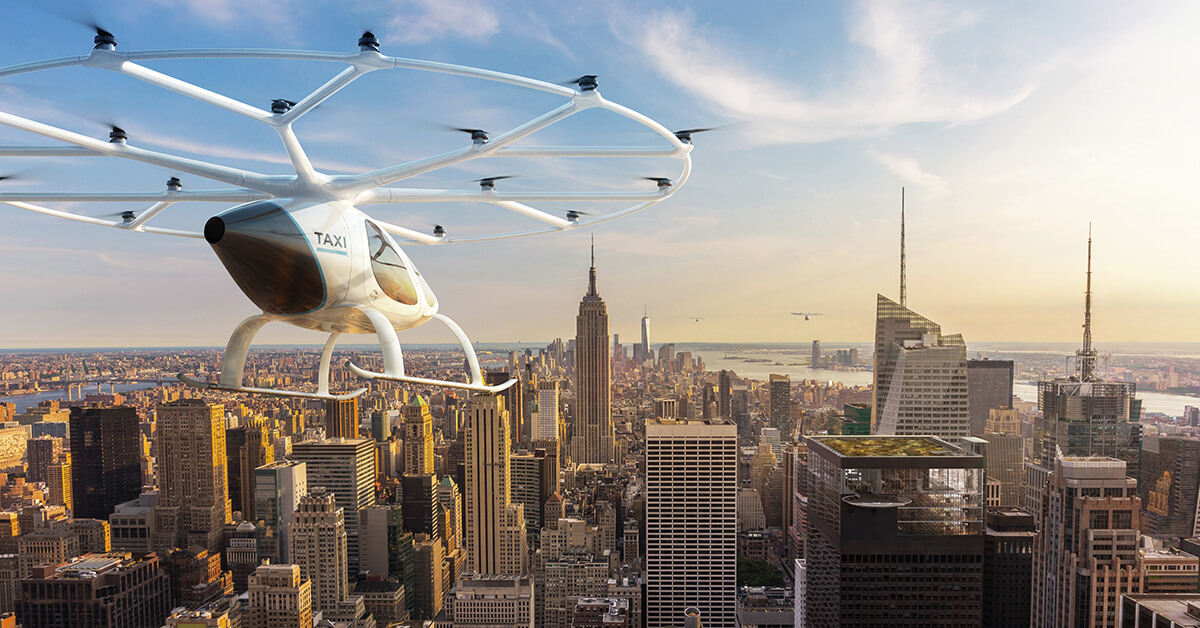
Dec. 10, 2020
At a recent virtual panel discussion, NBAA Vice President of Regulatory and International Affairs Doug Carr noted that as the association leads the way in the safe integration of advanced air mobility (AAM) vehicles, one thing is clear: the technology will be revolutionary, but the operational challenges it will bring are only beginning to be discussed.
Carr’s comments were part of a Dec. 9 panel discussion, “Challenges of Regulating UAM,” as part of the Revolution.Aero Global virtual event, produced by Corporate Jet Investor and focused on AAM, which until recently had been dubbed urban air mobility.
“It’s great to see these discussions happening so early,” said Carr, referring to the FAA/DOT working groups on AAM that are starting to tackle the issues with industry and communities. “The FAA has been extremely collaborative on this, and the [Part 135] exemptions that have been issued so far have been great.”
Carr noted that the public, and often the FAA, is fairly risk-averse, so with AAM, as in all aviation endeavors, it’s necessary to measure the risk to help define the operational standards.
“We need a common set of standards that reflect the public’s confidence in the operator, the FAA, the aircraft and the system as whole,” said Carr, adding that it’s also important that one set of standards be applicable across international boundaries.
John McGraw, vice president regulatory affairs for the National Air Transportation Association, recommended that those currently seeking to obtain a Part 135 exemption for their AAM operations make certain that they meet two criteria.
“One, why is it in the public interest, not just your interest, for you not to meet the requirements of this rule, and two, can you show that you can be equivalently safe?” In order to do so, McGraw – a former FAA deputy director of the Flight Standards Service – noted that it’s important for operators to understand the existing, underlying regulations, and that the FAA needs to be fair and consistent when approving exemptions.
DOT Deputy Assistant Secretary for Policy Finch Fulton said that the agency’s experiences with drones and other innovative technologies are helping them to get better at dealing with new technologies as a whole.
That is a positive, according to Carr, who noted that over the years of NBAA’s work with regulatory agencies, “If there is anything we can take away, it’s that early engagement with all stakeholders – which NBAA has led for many decades – frequently leads to better outcomes.”


 International Business Aviation Council Ltd.
International Business Aviation Council Ltd.